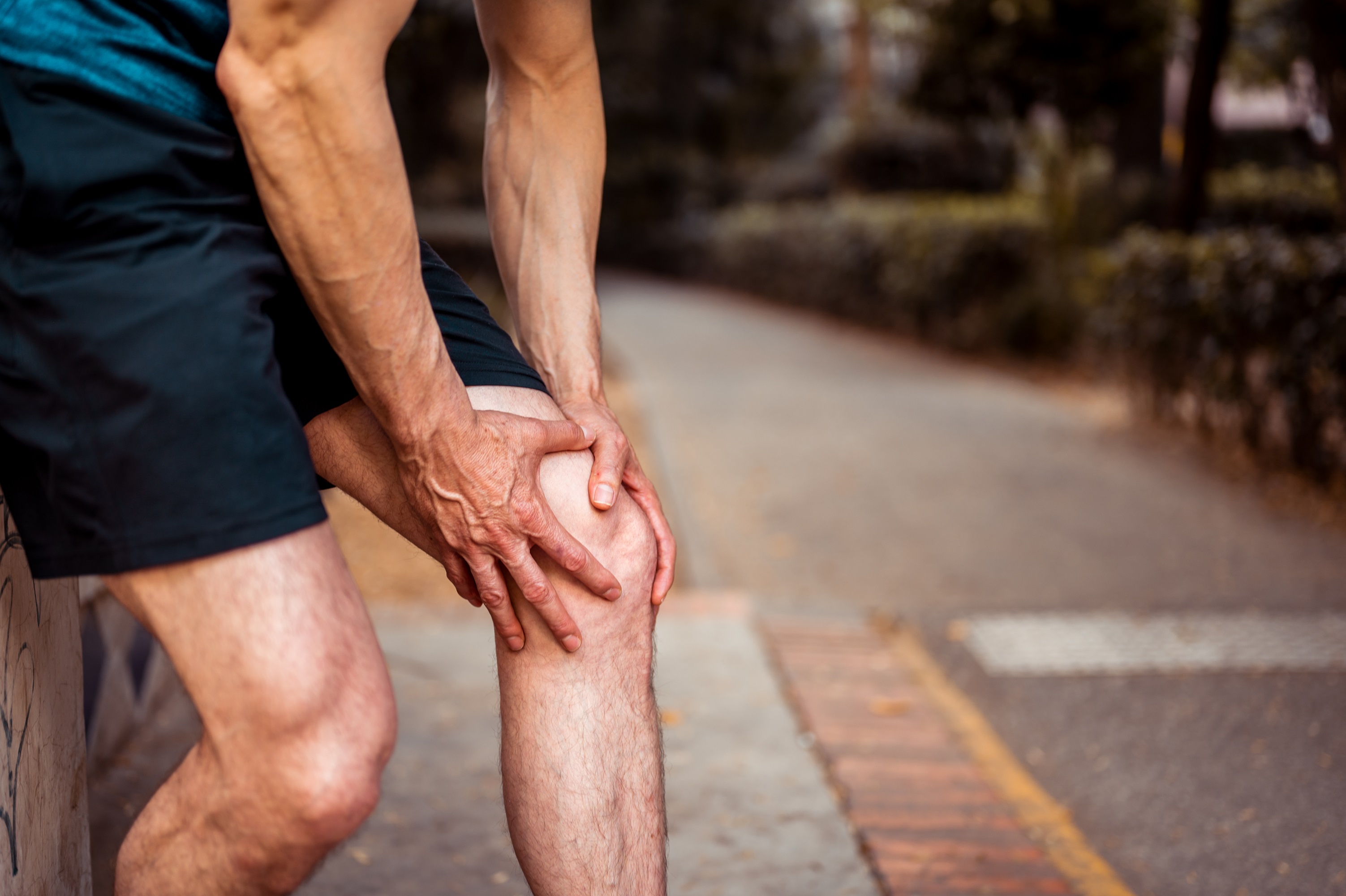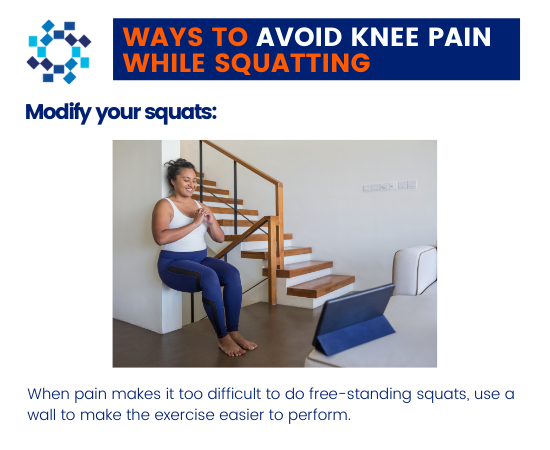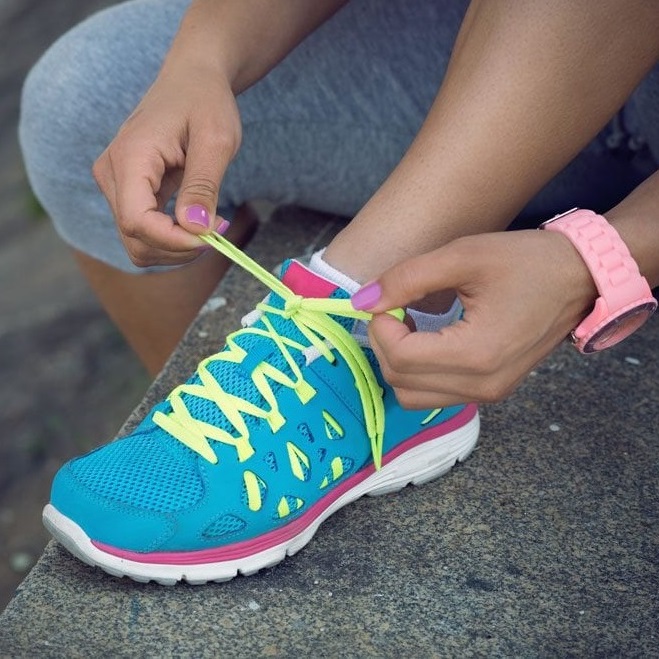Why Do Your Knees Hurt When You Squat?

April 07, 2022
Whether you’re doing squats during your workout routine or you’re crouching down to reach something on a bottom shelf, you may stop yourself mid-activity because squatting makes your knees ache.
There are many reasons why squatting may cause pain, from a temporary injury to an age-related chronic condition. If pain is intense and unexpected when you squat, or if it has advanced from minor twinges to a more dramatic, stabbing pain, see your doctor to learn what’s causing the problem.
“Don’t let knee pain keep you from the activities that you enjoy,” says Alexander P. Russoniello, M.D., Chair of Orthopedics at JFK University Medical Center. “Some people with knee pain may bow out of things that they love doing, but inactivity may make the pain worse.”
Common reasons why squatting may cause knee pain
- Incorrect squatting form, if you work out with the wrong technique. To squat correctly, stand with your feet shoulder-distance apart, then bend your knees as though you’re going to sit in an invisible chair. Keep your knees above your heels, not your toes. Lower yourself to a comfortable level, never dropping your buttocks below knee height. To return to a standing position, press down on your heels. For balance, reach your arms out forward.
- Runner’s knee, or patellofemoral pain syndrome, may make the front of the kneecap ache, especially while squatting.
- Arthritis, which may cause pain, stiffness and swelling in the knees, making it difficult to squat or bend comfortably.
- Knee injuries, whether sprains, tears or tendonitis, may make it painful to bend and squat.
Ways to avoid knee pain while squatting
Fortunately, there are ways to modify your form so that you can continue to exercise or easily access things in low drawers without hurting yourself. Try these ideas:

- To stretch your hamstrings, lie flat on your back and raise one leg straight in the air, taking care not to lock your knee. Place your hands around the back of the raised thigh and gently pull the leg toward yourself until you feel gentle tension. Hold, then release and repeat with the other leg.
- To stretch your quadriceps, stand with your feet shoulder-distance apart. Bend your left knee so that the foot is behind you, then grab that foot with your left hand, gently increasing the knee bend so that your heel approaches your buttocks. Don’t lock your other knee. Hold, then release and repeat with the right leg. If it’s difficult to balance on one foot, lean on a counter for support.

- The Arthritis Foundation recommends placing your back flat against a wall, with your feet shoulder-distance apart and your heels 18 inches from the wall. Keep your knees directly above your heels, not your toes. Lean back against the wall as you squat down, going as low as you can comfortably, without lowering your buttocks below knee height. Make sure that your knees stay in line with your heels. To get back up, press off of your heels, not your toes.

- Your knees may not ache as much if you put less weight on them when you squat down to reach for files at work or pans in the kitchen.

Next Steps & Resources:
- Meet our source: Alexander P. Russoniello, M.D.
- To make an appointment with Dr. Russoniello, or a doctor near you, call 800-822-8905 or visit our website.
The material provided through HealthU is intended to be used as general information only and should not replace the advice of your physician. Always consult your physician for individual care.







